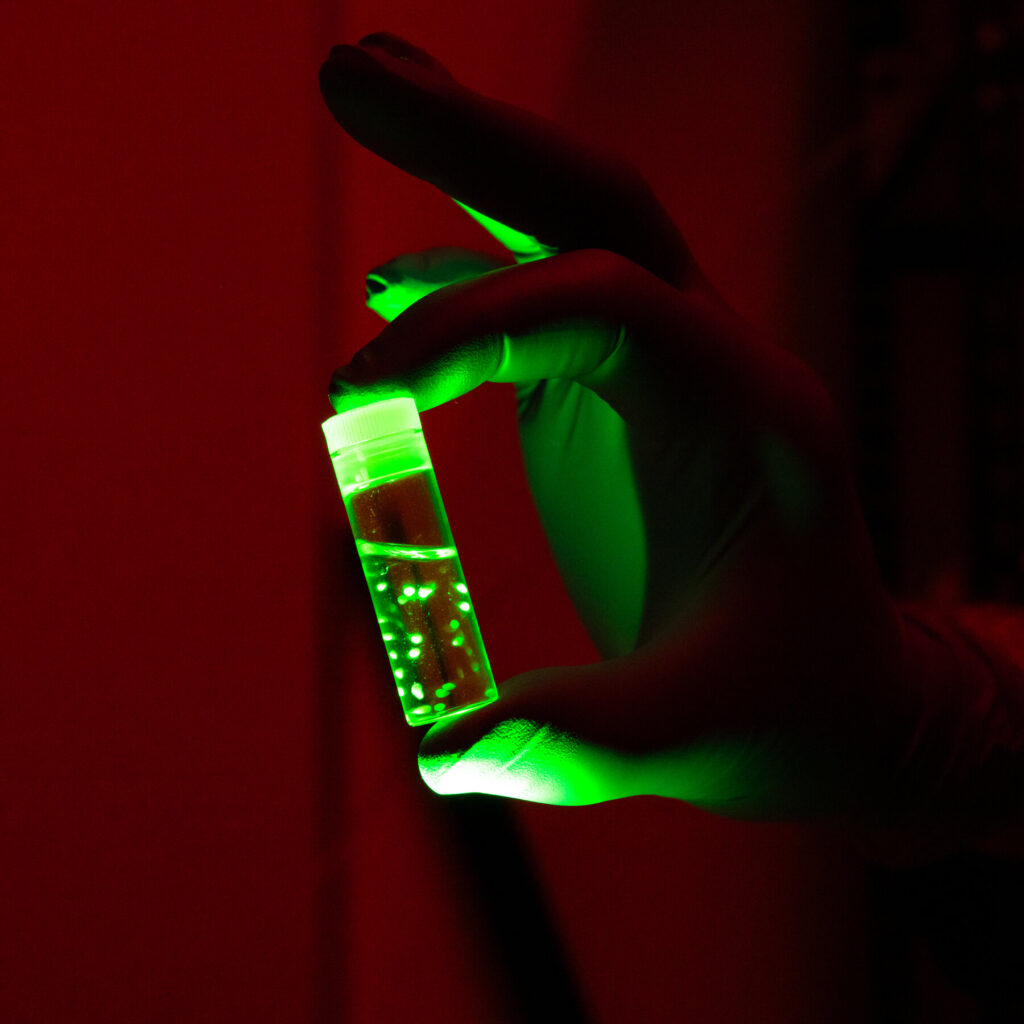
Advancements in neuroscience have taken a significant step forward with the development of lab-grown brain organoids. These miniature brain structures, designed to mimic the human brain, are providing scientists with valuable insights into fetal development and cognitive disorders, including autism. Researchers are increasingly utilizing these organoids to unravel the complexities of brain development and the underlying mechanisms of various cognitive disorders.
Understanding Fetal Development
Researchers at leading institutions, including the University of California, San Francisco, are studying how these brain organoids can simulate early human brain development. By cultivating these organoids, scientists can observe the processes that occur during the critical stages of fetal brain formation. This research is pivotal, as it offers a closer look at the genetic and environmental factors that contribute to neurological development.
The organoids serve as a platform for studying the development of neural circuits and cellular interactions that are crucial for normal brain function. This approach allows scientists to explore the impact of specific genes on brain structure and function, providing a deeper understanding of how abnormalities can lead to cognitive disorders.
Implications for Cognitive Disorders
One of the most significant applications of brain organoid research is its potential to inform our understanding of autism spectrum disorders. Studies suggest that specific genetic mutations may disrupt typical brain development, leading to the manifestation of autism. By examining how these mutations affect organoid growth and organization, researchers can identify critical periods during development when interventions might be most effective.
According to a report by the National Institutes of Health, the findings from organoid studies could pave the way for new therapeutic strategies aimed at addressing the root causes of autism. This insight is vital, given that autism affects approximately 1 in 160 children globally, according to the World Health Organization.
Despite the promising advancements in this field, ethical considerations surrounding the use of brain organoids have emerged. Questions regarding the moral implications of creating brain-like structures in laboratories are being debated among scientists, ethicists, and the public. Concerns about consciousness, sentience, and the potential for misuse of such technology necessitate a careful examination of scientific practices.
As research continues, it is essential for the scientific community to engage in open discussions about the ethical ramifications of their work. Establishing clear guidelines will be crucial in navigating the complexities of using brain organoids in research while ensuring respect for ethical standards.
In summary, the exploration of brain organoids represents a remarkable intersection of technology and neuroscience. As researchers uncover new insights into fetal development and cognitive disorders, they also face the challenge of addressing the ethical questions that accompany such innovations. The ongoing dialogue between science and ethics will be critical in shaping the future of this promising field.






